Home » Gear Reviews » Hiking & Camping » Sleeping Bags » 3-Season Sleeping Bags (15F-29F) » ZPacks Classic Sleeping Bag
ZPacks Classic Sleeping Bag Review
February 27, 2019

















 89
89 The Good
- Excellent warmth-to-weight ratio
- Surprisingly affordable
- Included roll-top dry bag
- Non-traditional shape allows for versatility
The Bad
- Not filled with hydrophobic down
- Does not come with a large storage sack
- No hood
ZPacks is a small company that produces American designed and manufactured products for fast and light backpacking. ZPacks sleeping bags are currently made to order, which means there is no 2-day shipping available, but there are also no wasteful extra products being made in a cheap factory.
The ZPacks Classic Sleeping bag is a backpacking quilt with a twist. Like a typical quilt, it does not have a hood and does have an enclosed foot box. Unlike most quilts, there is a ¾ length zipper that extends down the back center of the bag to the calves. Most quilts are open in the back, but this version has the benefit of being a fully enclosed bag, which can be warmer than other quilts. If unzipped all the way, it opens like a blanket. Well, almost. A blanket with a foot box.
it is made to order, there are also several variations of this bag that you can choose to best suit your needs and backpacking style. First, there is a selection of temperature ranges, so you can select the ideal weight and warmth. You can also choose this bag in a more traditional quilt style, without a zipper but with a strap on the back, just like the Therm-a-Rest Vesper. Or you can go the other way and get this bag with a full-length, two-way zipper. There is also a slim version, a long version, and a two-person version.
Weight
The manufacturer’s claimed weight for their 20-degree Classic Sleeping Bag is 1 pound 3.2 ounces. It tipped our scale at just a teeny bit more, at 1 lb, 4.6 oz. This is essentially the same weight as the Therm-a-Rest Vesper (1 lb, 4 oz) and just slightly more than the Feathered Friends Tanager. (1 lb, 2.6 oz for a size regular.) This is extremely featherweight for a three-season sleeping bag, especially one that is this warm (see Warmth section below). For comparison, the lightest bag in our summer sleeping bag review was 1 lb 3 oz and that bag was rated for 45ºF to 50ºF weather. This bag is 20 degrees warmer and weighs almost the same. The next lightest summer bag was 1 lb, 7 oz. With three bags in this review weighing less than that, it makes us question if a summer bag is even needed. Especially since all three of these lightweight bags have ventilation features that increase versatility for different temperatures.
Compressibility
The Classic Sleeping Bag is incredibly lofty and fluffy, and the 900-fill down is high quality, so it compresses extremely well too. It comes with an included roll-top dry bag, which forces the bag into a small, easy to carry package. The bag is so lofty that it was almost difficult to pack into this sack at first. However, we were really impressed with how small it ended up.
Warmth
The reason that this bag wins our Best in Class award is because of its incredible warmth coupled with its very light weight. We found this to be the loftiest and warmest bag in our entire three-season test. It is so fluffy and lofty that it kept us warm in a wide range of temperature and conditions. We brought it backpacking, car camping, and even big wall climbing. We slept with it in the High Sierra, the desert in winter, and on a porta-ledge hanging off the side of El Cap.
This bag achieves its warmth through several important design features. First, it is fully box baffled with no sewn-through seams. This means no cold spots at the stitching. Second, the baffles along the upper body section of the bag are vertical. This prevents the down from shifting and migrating to the underside of the bag where it gets crushed underneath the sleeper. Many top-tier bags are doing this now, such as the Sea to Summit Women’s Flame III and the Patagonia 850. And finally, the bag is overstuffed: it has 30 percent more down than the baffle height. The 900-fill power down means that one ounce of down should fill 900 cubic inches of space. ZPacks calculates the baffle height for each bag and then calculates loft height, adding 30 percent more down than the standard fill power equation demands. This accounts for future loft loss. We knew there was a reason this bag felt hard to stuff!
Ventilation
The unique shape of the Classic Sleeping Bag is a combination of a mummy bag’s features and a quilt’s shape, which means there are ventilation options. The three-quarter-length zipper is designed to go underneath the sleeper, since the zipper is the coldest spot. If it is warm, leave the zipper open and lay the bag on top of you like a blanket. Or fold it back for even more fresh air. When it is cold, it can be zipped and cinched up to keep warmth inside. Opening the bag this way also allows for freedom of movement and sleep positions.
We think that the center zipper on the underside functions much better than the front center zippers found on the Patagonia 850 and The North Face Hyper Cat. Both of those bags have hoods, so the zipper cannot be on the underside of the bag, and the sleeper is forced to have the zipper, with its attendant cold spots, right in the front. Also, because of the lack of hood on this bag, it is much easier to open it wide and fold back like a blanket. The other bags do not work that way.
Features
Besides the design features that make this bag warm, the other features of note are the cinch and buckle around the collar. A small plastic clip secures the opening, which prevents the zipper from coming undone and keeps the bag in place around the sleeper’s shoulders. The whole opening cinches down, just like a standard sleeping bag hood, so that body heat can be sealed in during cold temperatures. We found that we could nestle down inside and keep our neck and face very warm, and with the addition of a hat or clothing with a hood, we didn’t miss the hood on the bag.
In the name of testing, we took the Classic Sleeping Bag with us on the three-day ascent of El Cap. The non-traditional shape of this bag turned out to be perfect for sleeping on a portaledge, even though that is not what it was designed for. The clip around the neck opening was useful for clipping into the side of the ledge when getting ready for bed, because it prevented us from dropping the bag. Then, since our testers slept tied in, the bag was left unzipped in the back with the warm part of the sleeping bag on top and the neck buckle fastened to keep it all in place. This kept the tester warm, even with thousands of feet of air underneath her, and kept the bag in place while allowing room for the rope to secure her to the anchor.
Durability
The ripstop nylon textile that is used on the shell and liner on the Classic Bag is lightweight and somewhat fragile. The zipper also feels light and delicate. This bag should be treated with the same care given to any ultralight product. However, we never had any durability issues with this bag, even during our big wall ascent, which is an activity notoriously rough on equipment.
Since the baffles are overfilled to compensate for future loft loss, this bag is made to withstand the test of time. As long as a hole does not compromise the insulation, we expect this product to withstand many compressions and expansions. We think that if cared for properly, this bag will last quite a while.










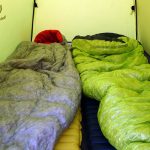

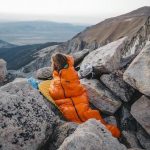


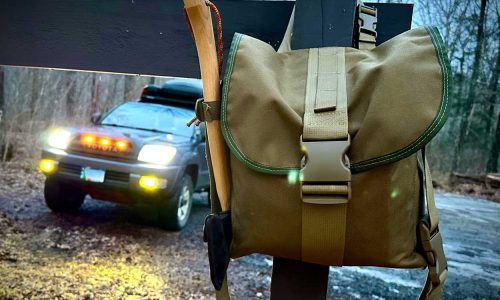
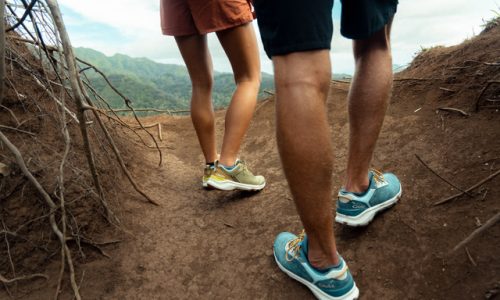

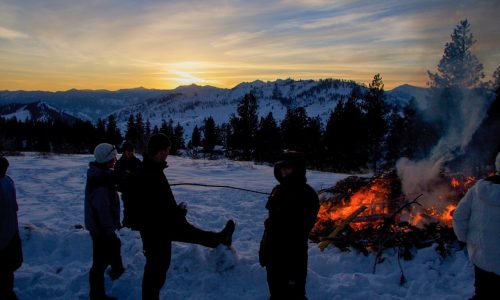
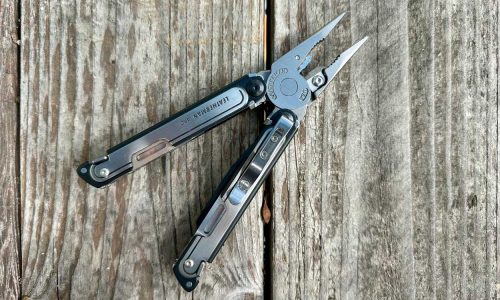
No reviews have been posted for this product.
Use this gear?
Join Gear Nation and leave a review!
Create an Account